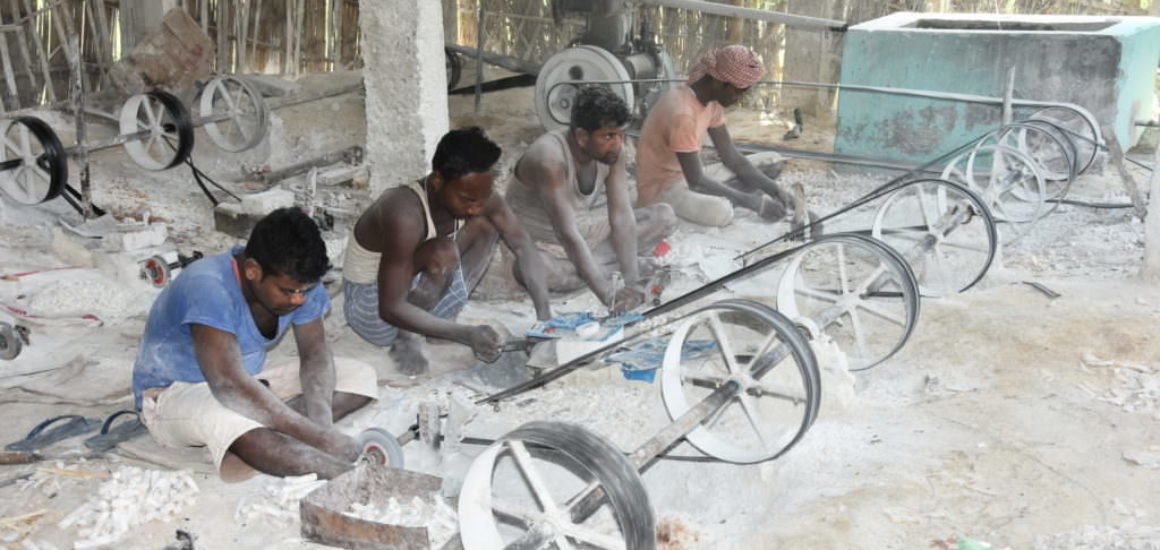Bihar Socionomics- A quick glance
A quick glance of Bihar Socionomics.
We are trying to describe Economical and social status and challenge of Bihar(Bihar Socionomics).
Bihar is a state in eastern India. It is third largest state of India in terms of population.
State is split by the river Ganga which flows through the middle from west to east.
Bihar has varied cultural heritage, which is evident from the numerous primeval monuments spread all over the states.
The great religion of Buddhism was born in Bihar.

Bihar is also the birthplace of Lord Mahavira (Founder of Jain religion), Guru Gobind Singh (10th and the last guru of the Sikhs) and Dr. Rajendra Prasad (first president of Indian republic).
Bihar was considered a center of power, learning and culture in ancient India.
State is known for social movements like Champaran Satyagraha and J P Andolan.
Growth Story of Bihar.

Bihar is one of the fastest growing state in India.
Bihar economy is service oriented but agriculture plays a vital role in it.
The improvement in growth of the state can be attributed to the considerable rise in the growth rates of sectors such as transport, communication, Hotel and construction industries.
State has clocked a growth rate of 10.3% in 2016-17 according to the latest economics survey.
80 % state population is employed in agricultural production, which is much higher than the national average.
Bihar is the third largest producer of vegetables.
There has been all-round growth, and economics indicators are showing good stats.
But the pace of growth in state has been uneven.
There is huge potential in food processing, dairy, handicrafts and healthcare in the state.
Challenges in Bihar.
Despite the highest growth rate, large parts of the state remain poor.
Bihar is known to suffer from vagaries of the weather.
Consumption inequality has remained largely unchanged.
It can be traced to the economics backwardness of both the agriculture and industrial sectors.
The search for employment opportunities outside agriculture has been rising, be it through migration or commuting from the village.
Bihar per capita income is Rs 36,964 in current prices as per The Economics survey of Bihar 2016-2017.
That was 35 per cent of the national average.
The social indicators, like education and health, is also slower than other states.
Rural Bihar.
The rural economy is an example of an agrarian economy.
There are many reasons for the sluggish and subsequently negative growth in rural employment but it could be mainly attributed to non-farming rural sectors which could not absorb the labor-force leaving agriculture.
Increment in reservation wage by successive governments and unavailability of suitable work at that wage rate also contributed to this negative growth.
Effective human resources development programs are necessary to impart necessary skills and training to rural youth to match the job requirement in the manufacturing sector.
The present strategy of rural development in Bihar mainly focuses on poverty alleviation, better livelihood opportunities, provision of basic amenities and infrastructure facilities through innovative programs of wage and self-employment.
“If the village perishes India will perish too…. We have to make a choice between India of the villages that is as ancient as herself and India of the cities which are a creation of foreign domination – Mahatma Gandhi ”

M.A. (Economics)
Engineering (Mechanical)
12 years experience in Automobiles , Telecommunications & currently works in skill and rural development.
Email ID – amar@echampart.com





